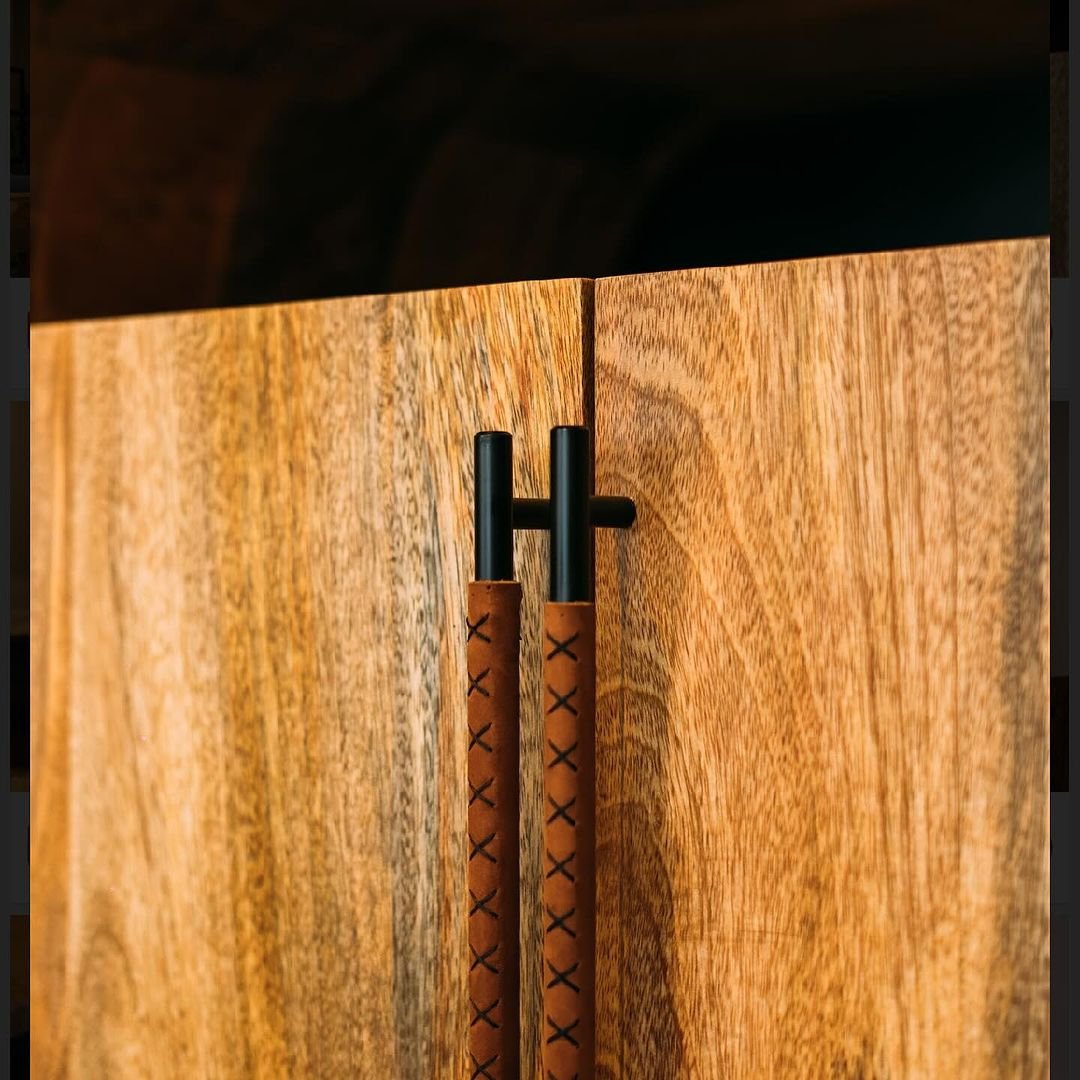


In the realm of design, the mid-century era stands as a beacon of timeless elegance, its influence still reverberating through contemporary aesthetics. This era, spanning the 1940s to the 1960s, witnessed a surge of creativity and innovation, giving birth to iconic designs that continue to captivate and inspire.
Mid-century design is characterized by its clean lines, geometric forms, and functional simplicity. It embodies a harmonious blend of form and function, where every element serves a purpose. The use of natural materials, such as wood, leather, and stone, adds warmth and organic beauty to the designs.
One of the defining features of mid-century design is its emphasis on space and light. Open floor plans, large windows, and sliding glass doors create a sense of spaciousness and fluidity. Natural light floods the interiors, enhancing the beauty of the furnishings and creating a welcoming atmosphere.
The furniture of this era is renowned for its sculptural qualities and bold silhouettes. Iconic pieces like the Eames Lounge Chair and Ottoman, the Barcelona Chair, and the Tulip Table have become symbols of mid-century modernism. These designs prioritize comfort and ergonomics, ensuring that they are not only visually appealing but also practical.
Mid-century design also embraces the use of vibrant colors and patterns. Geometric prints, abstract motifs, and bold hues add a touch of playfulness and energy to the interiors. These elements create a sense of optimism and joy, reflecting the post-war era’s spirit of renewal and progress.
The enduring appeal of mid-century design lies in its ability to transcend time and trends. Its timeless elegance and functional simplicity make it a versatile style that can be seamlessly integrated into both modern and traditional interiors. Whether it’s a single statement piece or a complete home décor, mid-century design adds a touch of sophistication and timeless beauty to any space.
In conclusion, the beauty of mid-century design lies in its harmonious blend of form and function, its emphasis on space and light, and its iconic furnishings. Its timeless elegance and versatility make it a style that continues to inspire and captivate, ensuring its enduring legacy in the world of design.
In the realm of design, the mid-century era stands as a beacon of timeless elegance, where form and function intertwine seamlessly. This era, spanning the 1940s to the 1960s, witnessed a surge of creativity and innovation that left an enduring mark on the world of interiors.
Mid-century design is characterized by its clean lines, organic shapes, and a focus on functionality. Designers of this period sought to create pieces that were not only aesthetically pleasing but also practical and comfortable. The result was a style that exudes both sophistication and livability.
One of the most iconic elements of mid-century design is the use of natural materials, such as wood, leather, and stone. These materials bring a sense of warmth and authenticity to the space, creating a connection between the indoors and the outdoors. The use of bold colors, often inspired by nature, adds a touch of vibrancy and personality.
Furniture from the mid-century era is renowned for its sculptural qualities. Pieces like the Eames Lounge Chair and Ottoman, designed by Charles and Ray Eames, are not merely functional objects but works of art that elevate any space. The iconic Tulip Chair by Eero Saarinen, with its graceful pedestal base, is another testament to the era’s commitment to both form and function.
Lighting also played a significant role in mid-century design. Designers experimented with new materials and shapes, creating fixtures that were both functional and decorative. The Sputnik Chandelier by George Nelson, with its radiating arms, is a prime example of this innovative approach.
The beauty of mid-century design lies in its ability to transcend time. The pieces created during this era continue to inspire and captivate, finding their place in both modern and traditional interiors. Whether it’s a statement sofa, a sculptural chair, or a unique lighting fixture, mid-century design adds a touch of timeless elegance to any space.
In conclusion, the mid-century era was a golden age of design, where creativity and functionality converged to create pieces that continue to enchant and inspire. From its clean lines to its bold colors and organic shapes, mid-century design embodies a timeless elegance that transcends generations.
In the realm of interior design, the mid-century era stands as a beacon of timeless elegance, its influence continuing to inspire contemporary spaces. This era, spanning the 1940s to the 1960s, witnessed a surge of creativity and innovation, resulting in iconic designs that have transcended time.
Mid-century design is characterized by its clean lines, geometric shapes, and organic forms. Furniture pieces are often crafted from natural materials such as wood, leather, and metal, exuding a sense of warmth and sophistication. The use of bold colors and patterns adds a touch of vibrancy, creating a dynamic and inviting atmosphere.
One of the key elements of mid-century design is its emphasis on functionality. Furniture pieces are designed to be both aesthetically pleasing and practical, with a focus on comfort and ergonomics. The iconic Eames Lounge Chair and Ottoman, for instance, epitomizes this philosophy, combining style and functionality in a timeless masterpiece.
Another defining characteristic of mid-century design is its connection to nature. Designers of this era sought to bring the outdoors in, incorporating natural elements into their creations. Large windows, open floor plans, and the use of organic materials create a sense of harmony between the interior and exterior spaces.
The legacy of mid-century design continues to inspire contemporary interiors, as designers draw inspiration from its timeless principles. Modern interpretations of classic mid-century pieces blend seamlessly with contemporary elements, creating eclectic and stylish spaces. The use of neutral colors, geometric patterns, and natural materials ensures that mid-century design remains relevant and adaptable to evolving tastes.
Incorporating mid-century design elements into your home can instantly elevate its aesthetic appeal. A statement armchair in a bold color, a sleek coffee table with clean lines, or a geometric rug can add a touch of mid-century flair to any room. By embracing the timeless elegance of this era, you can create a space that is both stylish and inviting, a testament to the enduring power of good design.
Discover handcrafted, sustainable designs and custom pieces to elevate your living spaces with timeless style.
Sign-up to be updated on the latest Santana Africa Catalogues, sales and more.